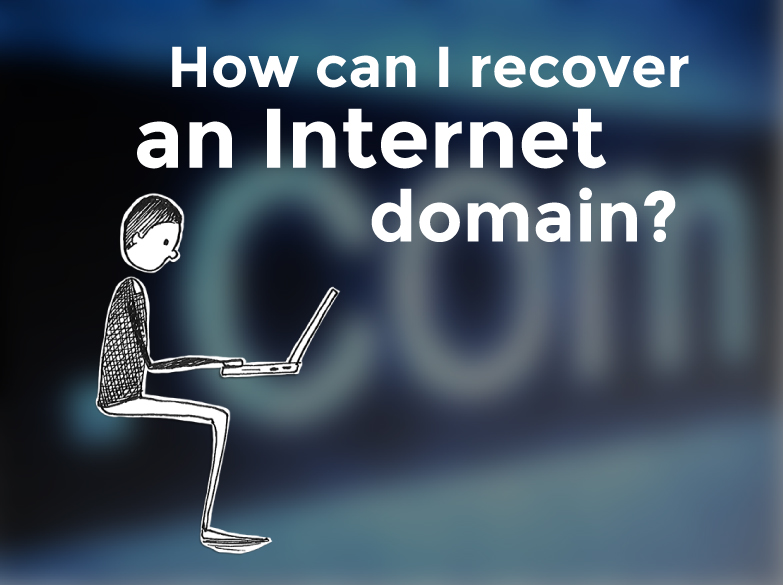In 1994, the journalist Joshua Quittner registered the domain name mcdonalds.com and published an article on Wired magazine that began like this: “I'm waiting for a call back from McDonald's, the hamburger people. They're trying to find me someone - anyone - within corporate headquarters who knows what the Internet is and can tell me why there are no Golden Arches on the information highway.”
In this article, Quittner said that he had registered the name without much difficulty and that he pretended to test the then very primitive dispute resolution system related with internet domains. Finally, sometime after the article was published, Quittner assigned the domain name to the company requesting a donation to a charity in exchange.
Although McDonald’s was not quick to react on that occasion, things have changed quite a bit in these past twenty years and today businessmen value internet domain names much more and these have become extremely well-priced business assets. Therefore, when business owners tell the registration agent that they want to use the domain name corresponding to the name of their company and the agent mentions that the name has been taken, they panic.
What should be done in these circumstances? Well, the scenario is very different depending on who the current owner of the desired domain name is. If, for example, the domain name was registered by a company from another country that has the same name, the options will be scarce. If the domain name was registered by somebody that took the company’s trademark and tried to profit from its good name on the Internet, as in the case with McDonald’s and Quittner, this is a very different situation. Let’s see what can be done in each case.
First case
If the domain is registered by another company of the same name, the options are relatively reduced, since the company will have the same right to its own domain name. An article on a legal website by Diana Fitzpatrick, subject matter expert, suggests three alternatives. First, the businessman can use a suffix other than .com, such as .net, .org or .biz. These possibilities are more generally available and one can access them through the same providers. Another alternative consists of slightly changing the domain name, while still keeping a relation to the company name: adding a dash in the middle, using an acronym instead of the full name, etc.
And, finally, the third option is to try to buy the domain name from the company that currently owns it: maybe for the other company the website is not that important and it might be willing to hand it over without implying having to pay a large sum of money. “You can buy a domain name in a variety of ways”, says Fitzpatrick. “You can look on online classifieds, contact the owner directly and make an offer, make a bid on an auction website (ebay.com, for example) or go through an online domain name broker.”
A fourth option would be to use the domain name with a suffix from the country where the company is located, such as .co, .br, or .uy. The organization that oversees internet domain names, ICANN (Internet Corporation for Assigned Names and Numbers), delegates to local agencies the authority to manage national domain names. In Argentina, for example, the distribution of .ar sites is managed by a government agency (www.nic.ar), that assigns them for free.
Second case
It is a very different situation if whoever registered the domain name does not have any relation to the name. In this case, ICANN has a Uniform Dispute Resolution Policy (UDRP). The organization’s website explains that “most types of trademark-based domain-name disputes must be resolved by agreement, court action, or arbitration before a registrar will cancel, suspend or transfer a domain-name. Disputes alleged to arise from abusive registrations of domain names (for example, cybersquatting) may be addressed by expedited administrative proceedings that the holders of trademark rights initiates by filing a complaint with an approved dispute-resolution service provider.”
On its website, the organization offers a complete list of domain names that have commenced proceedings under this policy. From Avianca.com, that had been registered by a person that had nothing to do with this airline, to Citiback.com (with only one different letter with respect to the bank’s name), several arbitration panels and national courts have returned domain names to the owners of the trademarks related with these names.
“To invoke the policy, a trademark owner should either (a) file a complaint in a court of proper jurisdiction against the domain-name holder (or where appropriate an in rem action concerning the domain-name), or (b) in cases of abusive registration submit a complaint to an approved dispute-resolution service provider,” says the organization that has a list available on its website.



Follow Us